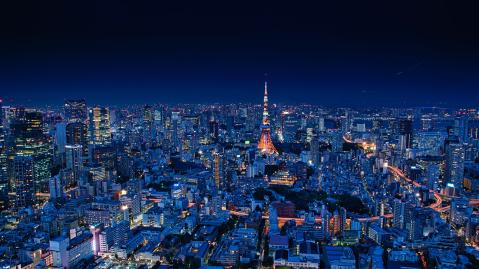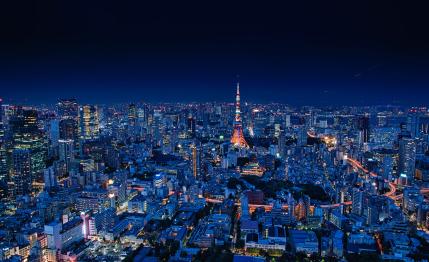Image

Copyright
© Takashi Miyazaki / Unsplash
Lightbox Image (duplicate of Image)
Body (only for migrated news)
On 21 February 2018, the Tokyo Metropolitan Government (TMG) released emissions data for Financial Year (FY) 2016. In aggregate, entities under its cap-and-trade program have achieved a 26% reduction in emissions since its launch in 2010. Compared to FY2015, emissions were 120,000 tonnes (or one percent) lower in FY2016. The TMG program covers almost 1,300 urban facilities (e.g., office buildings, hotels and other commercial facilities) that consume more than 1,500 kilolitres (kL) of crude oil equivalent per year. Reductions continue in spite of an increase in gross floor area of 500,000 m2, indicating a decrease in the energy intensity of Tokyo’s urban facilities.
Many of the emissions reductions have been achieved through the installation of high energy efficiency equipment, such as LED lights. From FY2015, covered entities have also been able to achieve their reduction targets by purchasing cleaner electricity or heating. Since then, 17 facilities have switched to lower emissions electricity suppliers and 123 facilities have sourced low-carbon heat. Already 80% of facilities have met the second compliance period reduction goal of 17% or 15%1 below base-year emissions2. The remaining 20% have until FY2019 to meet the reduction targets.
Notes:
1 The higher compliance factor (17%) applies to office buildings, and district and cooling plant facilities (excluding facilities which use a large amount of district heating and cooling). The lower compliance factor (15%) applies to facilities which are heavy users of district heating and cooling plants, and factories.
2 Base-year emissions are the average emissions of three consecutive fiscal years selected by facilities between FY2002-FY2007.
ETS Jurisdiction

